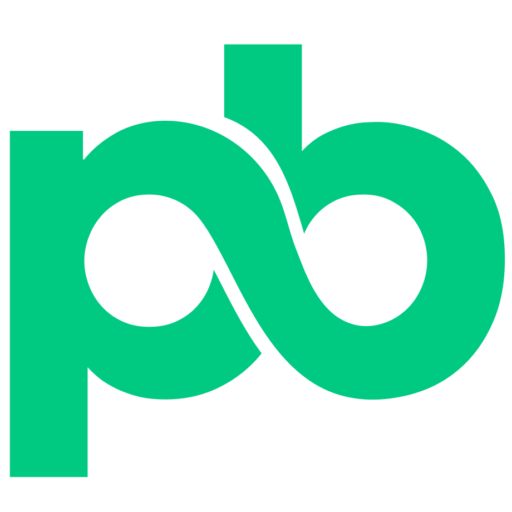When working as a sole proprietor, paying yourself from the business can be a challenge. Additionally, many sole proprietors are not confident about the amount of money they should withdraw from business profits to pay themselves. In this blog, you will learn how to pay yourself and manage your business taxes while working as a sole proprietor in Canada.
How To Pay Yourself as a Sole Proprietor in Canada
If you have a business in Canada, there is only one way to pay yourself properly as a sole proprietor. The only way to pay yourself as a sole proprietor is by simply taking money out of the profit that you make from the business.
It is important to note and be aware of the fact that it does not matter how much money you take out from the business to pay yourself. This is because, as a sole proprietor, you are taxed on the profits of the business and not on the money that you take out to pay yourself from the business. For example, if you make a profit of $20,000 from the business and your goal is to take out $10,000 for your pay, you will only be taxed on the total $20,000 profit. The $10,000 can be spend as you wish without any additional tax implications.
Common Mistakes While Paying Yourself as Sole Proprietor
A major mistake that sole proprietors often make is that they register for a payroll account with the CRA to pay themselves. This is a bad idea for sole proprietors because you will be taxed twice on your income. First, CRA will tax you on the salary that you take out to pay yourself and second, you will also be taxed on the profits that you make from your business. It is important to note that as a sole proprietor you and your business are the same entity. Therefore your profits act as your primary means of income and will be taxed.
How to Pay Yourself in Full & Save for Taxes
So, now that you understand the tax implications of being a sole proprietor, let’s talk about some strategies that can be implemented today to ensure that we pay ourselves the maximum amount possible while saving on taxes.
A simple strategy that you can capitalize on today, allowing you to pay yourself fully while also saving appropriately for taxes, is to set aside 25% of your profits to pay your taxes when applicable.
If you wanted to know the specific amount to you needed to save, you can put your profits into CRA’s payroll deduction calculator. The payroll deduction calculator works to provide the exact amount of taxes you are responsible to pay from your business profits.
How to Use CRA Payroll Deduction Calculator to Calculate Income Tax as a Sole Proprietor
The steps needed to use the payroll deduction calculator are actually quite simple. Follow along below:
- First, just google CRA’s payroll deduction calculator
- Then scroll down and click over to payroll deduction online calculator.
- Next scroll down further and click accept.
- Following the acceptance you want to select salary.
- Next select your province you are in and pay frequency. For example, in our case, we’re in Ontario and for the frequency, we select monthly.
- Following this step, we’re going to set the date that we wish to be paid and then click next.
- The next step is entering the data on business profits. So, continuing with the current example, let’s say for the month of May you made $20,000 in profit. You would enter this set amount at this step when prompted and click next.
- As a sole proprietor, you still must pay CPP, but you do not have to pay EI. However, at this step don’t select EI exemption because in most cases you want to have a cushion for the taxes you want to pay the government. So, the best advice is to leave this section as it is and click calculate.
After calculating the tax on a profit of $10,000 in a month, we can see that the amount of taxes that should be deducted, would be $3,300. Therefore, we should expect to set aside this amount to pay taxes at the end of the year, and keep a profit of $6,700 to pay ourselves at the end of the month.
Consider Income You Make Outside the Business
Now that you have gathered the important and easy-to-follow information on how you can save for taxes and pay yourself utilizing the payroll deductions calculator, it should be mentioned that the money set aside for taxes is only applicable to the profits that you made on the business. If you acquire income outside of the business, which includes employee income, investment income, and/or rental income, then you also have to take into consideration how much tax is being collected on those separate incomes. This is vital to ensure proper tax planning at the end of the year.
Looking to Save on Taxes and Maximize Income?
At it’s core, good tax savings starts with accurate and up to date bookkeeping. If you’re aiming to save on the taxes that you must pay to the government, Paperless Books can help you! At Paperless Books, we can help you budget and find tax deductions that will help you reduce the amount of taxes that you have to pay at the end of each tax year.
If you still have questions and are looking for more information on how to save on taxes, maximize your profits as a sole proprietor, and other helpful tax information for your business then be sure you visit paperlessbooks.ca for a FREE consultation.


